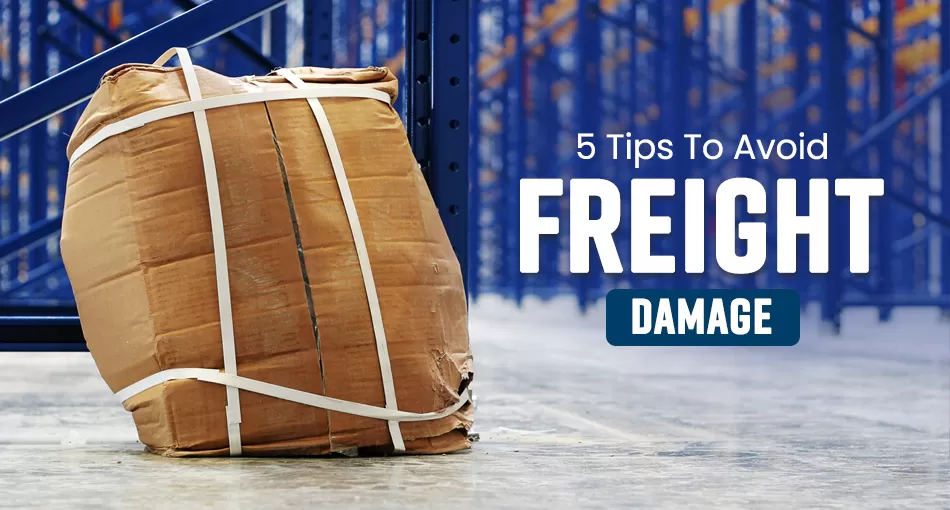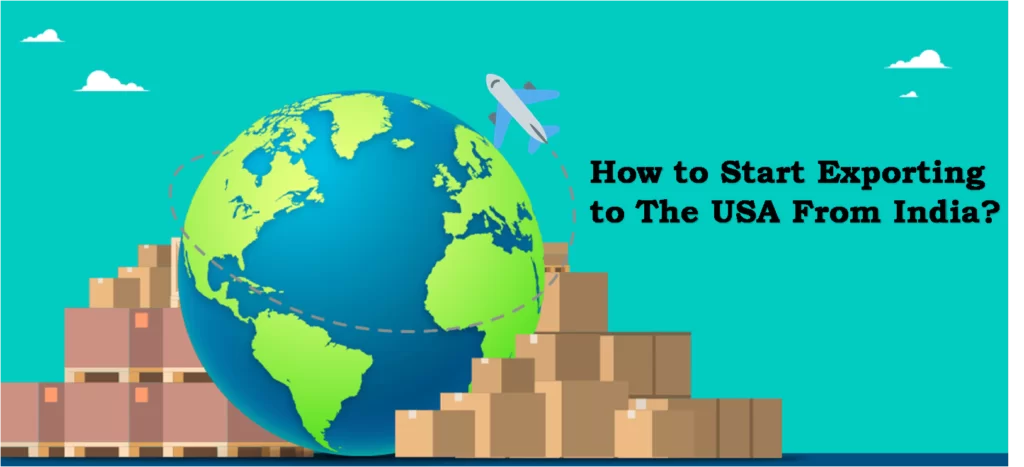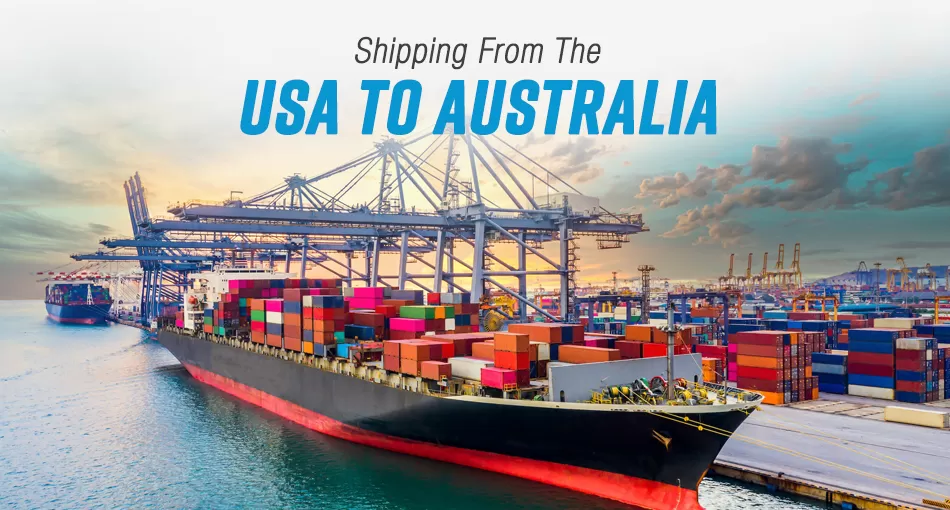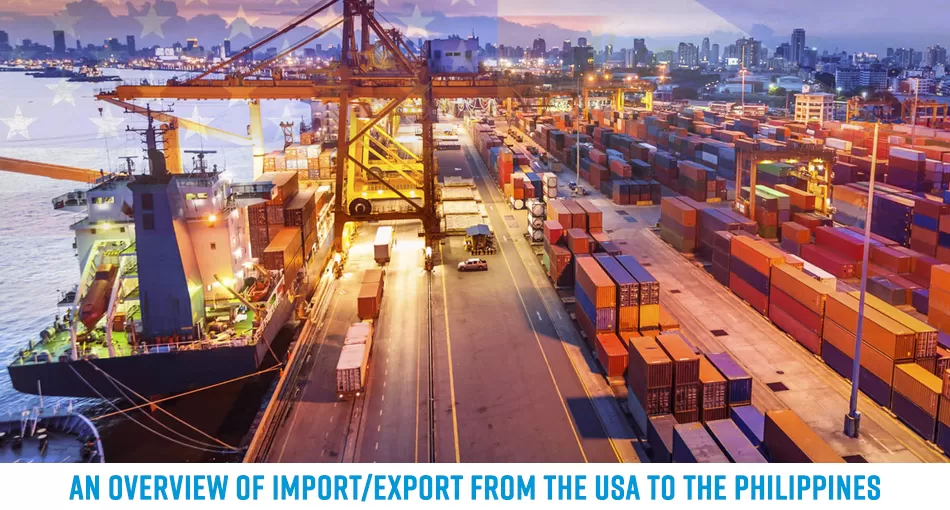Freight transportation is a tricky business. It requires a huge amount of effort from a freight forwarder in bringing coordination among shippers and several transportation services involving road, rail, ocean, and air. Transporting each consignment without any delay and damages is the first priority of a freight forwarder; a lack of which can easily upset his customers and jeopardize any future business prospect.
Freight damage incurs considerable losses to the freight forwarders in many ways. In most cases, they don’t get the full refund of the damages caused. Moreover, damages happening at regular intervals shoot up the insurance rates. Hence, to curb both types of losses – monetary, as well as business relationships – it is imperative for freight forwarders to ensure total security of their consignments. How? Read on…………..
Pack ‘em right: The fundamental step towards avoiding damages to shipments is to pack the goods securely. Packaging is the cheapest aspect in the entire supply chain lifecycle; however, it plays the most important role in loss prevention. Hence, skimping on the same certainly isn’t a good idea.Also, the packaging must be consistent for the entire business to enable easy loading and stacking on pallets. Right, damage-free packing materials in correct sizes must be used to hold the goods fully. Also, each package must be labelled with adequate information on the goods inside like weight, type, and destination.
Use shock absorbers: Even with good packaging, the cargo may get exposed to sudden mishaps, damaging the content inside. To combat this, it is advisable to use impact protection, which keeps the goods safe in transit even when they hit something or are stacked wrongly. Styrofoam has been a favourite shock absorber for years. However, because of its harmful impact on the environment, it is being currently replaced with more eco-friendly alternatives like biodegradable air pillows, bubble wraps, paper, cornstarch etc.
Seal the deal: Properly taped and sealed items are less prone to damages. Both pressure-sensitive and water-activated tapes are good in a wet environment. Cellophane tapes, even though widely used, aren’t a good option against potential spills.
Pay attention to loading: During loading, the trailer should be stacked uniformly to distribute the weight evenly on the pallets. Lighter and dry goods must be kept above heavy stuff and goods containing liquids respectively. There should be reinforcement every few layers to avoid downward pull. Also, there should be as fewer gaps as possible between packages to prevent any movement and damage.
Plan ahead: Last but not least, a detailed plan is a must-have for any recurring process like freight forwarding. From packaging to loading, if you have a full-proof plan, then the entire process becomes less tedious with very little scope for mishaps. You have the liberty to train your stuff on tasks that need to be followed in sequences and can even prepare them for sudden disasters. This will ensure maximum productivity too.





